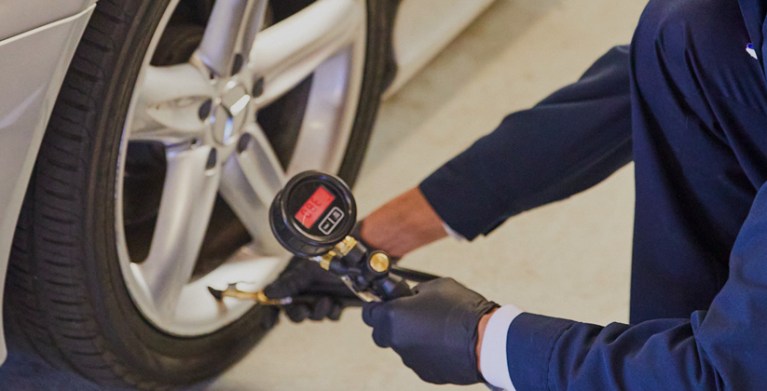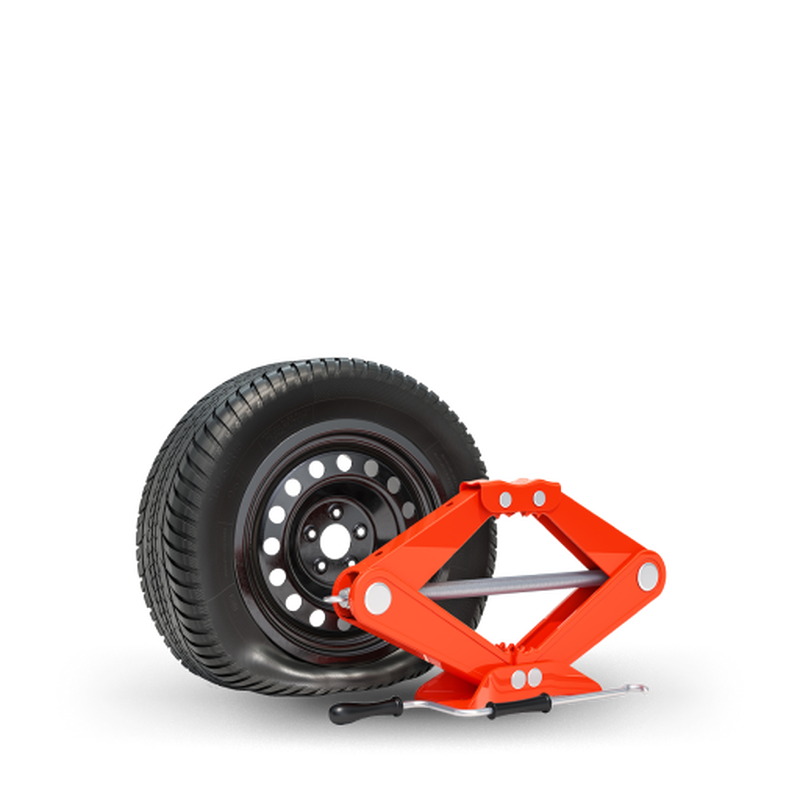The Link In Between Tire Solution and Fuel Efficiency
Amongst the various elements that affect gas performance, tire solution stands out as an important aspect that usually goes ignored. The intricate partnership in between tire upkeep and gas economy is a testament to the intricate workings of a lorry.
Significance of Correct Tire Inflation
Appropriate tire rising cost of living is a vital consider making the most of gas efficiency and making sure optimum vehicle performance. When tires are underinflated, it produces extra rolling resistance, creating the engine to work more difficult and shed even more fuel to preserve the very same rate. On the other hand, overinflated tires can lead to a harsher experience, irregular tire wear, and reduced traction. To discover the advised tire pressure for your automobile, describe the owner's manual or the sticker label situated on the driver's side door jamb.
Preserving the right tire stress not just enhances fuel performance yet likewise enhances driving safety and security. On a regular basis checking and readjusting tire pressure, specifically previously long trips, is a straightforward yet reliable way to maximize your automobile's fuel economic situation and guarantee a smooth driving experience.
Impact of Tire Footstep Depth
Keeping the advised tire stress is necessary for ideal vehicle efficiency and fuel performance; likewise, the tread depth of your tires plays a vital function in guaranteeing safety and grip when driving. Tire walk deepness directly influences the capability of your tires to grasp the road surface area, especially in wet or unsafe conditions. As tires use down, their tread depth reductions, influencing their ability to network water away and maintain appropriate call with the road. The suggested minimum step depth is typically 2/32 of an inch, but also for boosted safety and efficiency, numerous experts suggest transforming tires before they reach this factor. Correct walk depth not just ensures better handling and braking however likewise adds to sustain efficiency by lowering rolling resistance. On a regular basis inspecting your tire tread depth and replacing tires when required is a basic yet reliable way to promote both security and fuel effectiveness when traveling.
Role of Wheel Placement in Performance
Ensuring precise wheel alignment is vital for enhancing car performance and making best use of gas economic situation. Appropriate wheel placement involves adjusting the angles of the wheels to maker requirements, guaranteeing that they are alongside each other and vertical to the ground. When wheels are misaligned, it can lead to unequal tire wear, increased rolling resistance, and lowered fuel effectiveness.

Additionally, exact wheel placement can additionally boost handling and security, reducing the quantity of energy required to navigate the vehicle (tire tracks morris il). By lessening unneeded friction and drag, appropriate wheel positioning plays a critical role in enhancing total automobile efficiency and fuel economy. Routine wheel positioning checks and modifications are vital for maintaining optimum efficiency and making best use of gas cost savings
Link In Between Tire Maintenance and MPG
An essential element of optimizing gas performance in cars is the upkeep of tires and their straight effect on miles per gallon (MPG) Correct tire maintenance plays a vital role in taking full advantage of gas economic climate. find On the other hand, overinflated tires minimize the call patch with the roadway, leading to uneven wear and lowered gas performance.
In addition, tire walk deepness likewise affects gas efficiency. Damaged footsteps lower traction, particularly in wet conditions, forcing the engine to put in more power to maintain speed. This raised resistance lead to higher gas consumption. By making sure tires have sufficient step depth, motorists can enhance both safety and fuel economy.
In significance, appropriate tire upkeep, consisting of monitoring tire pressure and walk depth, is directly connected to accomplishing optimal MPG. By including normal tire inspections and maintenance right into a vehicle treatment routine, chauffeurs can not only expand tire life but likewise improve gas effectiveness, eventually conserving cash and lowering ecological effect.

Tips for Fuel-Efficient Tire Treatment
Given the essential connection between tire upkeep and fuel effectiveness, applying efficient strategies for enhancing tire treatment is essential to boosting general car efficiency. To guarantee fuel-efficient tire care, routine tire stress checks are necessary. Properly inflated tires lower rolling resistance, improving fuel performance and extending tire life expectancy. In addition, maintaining appropriate wheel blog here placement and harmonizing helps distribute weight evenly, avoiding unequal tire wear and optimizing fuel usage. Revolving tires at recommended intervals advertises he has a good point also tread wear, enhancing fuel effectiveness by ensuring all tires contribute similarly to automobile efficiency. It is additionally essential to check tires for indicators of damages, such as cuts, leaks, or protrudes, as these concerns can impact fuel efficiency and overall security. Selecting tires with low rolling resistance can considerably enhance fuel economic climate. By integrating these fuel-efficient tire care suggestions into a routine maintenance schedule, chauffeurs can take full advantage of fuel efficiency, decrease operating costs, and prolong the life of their tires.
Conclusion
By on a regular basis keeping tires and following fuel-efficient tire treatment suggestions, vehicle drivers can optimize their car's efficiency and lower fuel usage. It is necessary to prioritize tire maintenance to not only conserve cash on gas costs however additionally to advertise overall car effectiveness.